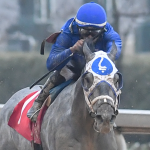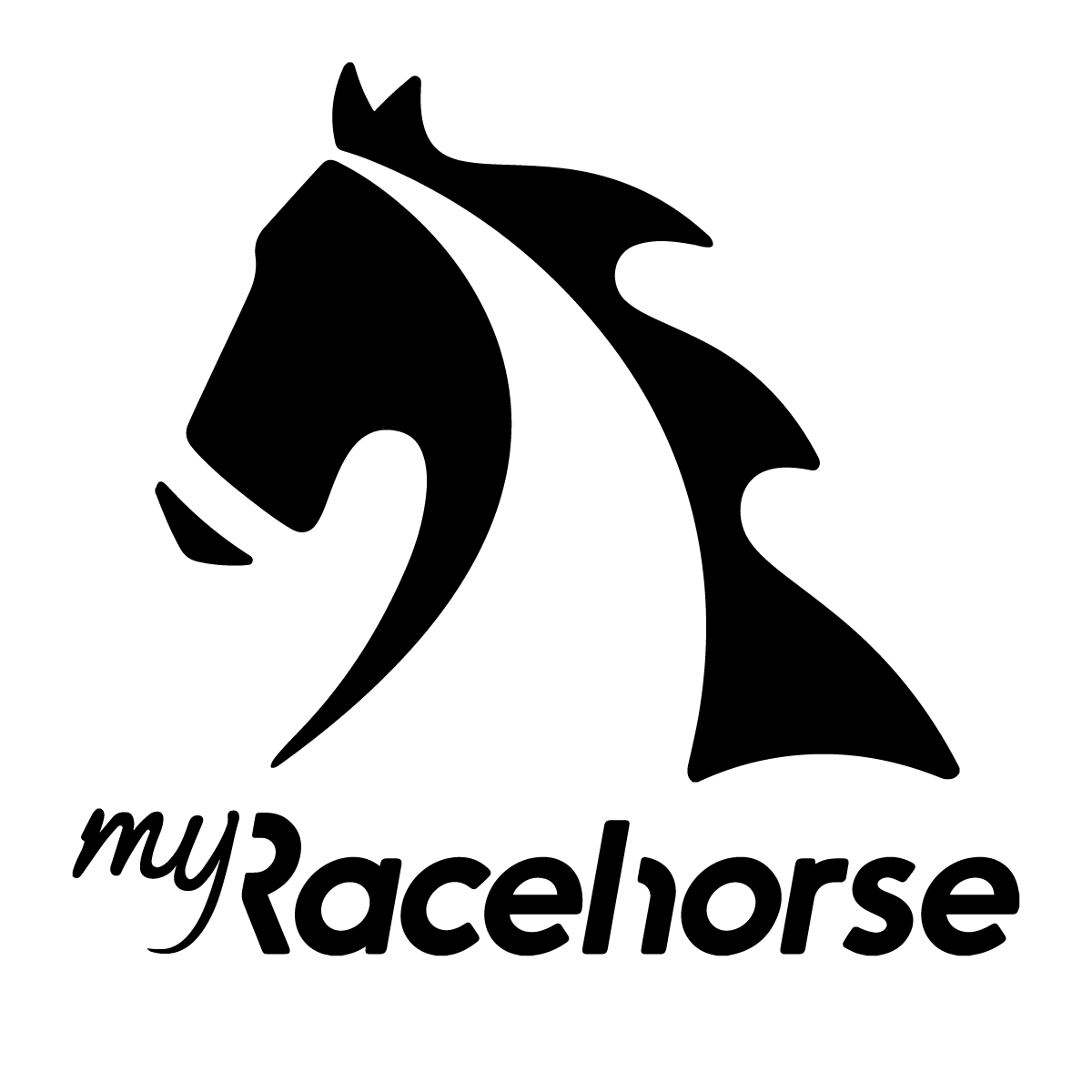
Preakness Quick Sheet: Get to Know the 2021 Preakness Horses

This past month Dom and I have been focusing on recuperation, weight gain, and building muscle and endurance.
After going to the Minnesota Horse Expo in April, Dom was exhausted! Being in a new place with all of the new sights and sounds, and meeting all of the people took a lot out of him. So, after we returned home, we sprinkled in some light work, but mostly Dom had the week off to recuperate and get his energy back.
The weather also changed as soon as we were back home. At the Expo, it was cold and rainy, but it quickly warmed up and our summer weather started early! With the fresh grass starting to come in, Dom decided that he was over eating hay and would rather spend his time trying to find little nibbles of grass. However, with the grass just sprouting and the bigger pastures not ready for the herd to graze yet, Dom was not making the best life choices and dropped a little bit of weight.
So, we were back to packing on the pounds!

To mimic the hay he was eating outside, I started him on a 50:50 mix of soaked timothy and alfalfa pellets. I also decided to top dress his feed with oil to add some extra calories, which has the added benefit of giving him a shiny coat. I researched the pros and cons of different oils and the costs associated with each. Although flax seed and fish oil have higher omega-3 to omega-6 fatty acid ratios than canola oil, the cost of canola oil is much less (especially when buying in bulk), and canola oil has a higher omega-3 to omega-6 fatty acid ratio than other comparably priced oils, such as corn oil. With our goal being to pack on the pounds and different fats having equal calories, canola oil was the best choice for us for the time being.
We introduced the new feeding regimen very slowly to avoid the risk of any gastrointestinal upset. We spent two weeks working up to his current amount of soaked grass/alfalfa pellets and four weeks to reach his one cup of canola oil (an increase of ¼ cup per week). And after two weeks with this regimen, I have definitely noticed a difference! Dom has put back on the weight he lost after the Expo, and he has the shiniest coat!
Along with the increase in feed to pack on the pounds, we have also started to increase the intensity of our training sessions to put on more muscle.
I have been taking weekly dressage lessons on Dom since March, which is a new discipline for me. In the beginning, although not as exciting or as intense, we spent most of our time at the walk and the trot, and started with the basics.
For me our lessons started by focusing a lot on my riding position, lengthening my legs, and inside leg to outside rein (all things that I will forever be working to perfect). For Dom, we focused a lot on introducing the concept of inside leg to outside rein, increasing the tempo to more than a pokey Western trot, and suppleness. At the end of our lessons, we would do a little short canter work. We would work on trying to only take up half of the arena, but this was very challenging for Dom.
Without the wall as a guide, he felt it was a nearly impossible ask to try to make that same 20-meter turn through the middle of the arena (here’s where the whole inside leg-to outside rein concept really was a work in progress). Outside of the lessons, we continued to work on the same things, and with time he started to catch on and he realized (much to his disbelief) that it was in fact possible to canter a 20-meter circle!

With this new progress, we started to introduce having contact and accepting the bit a little more. But then a few weeks ago, we looked like an absolute mess! Our lesson started with me having poor body position, our steering was off, the suppleness was not there, Dom insisted on being an extra pokey pony, there wasn’t enough contact in the reins, and Dom kept lifting his head like a giraffe. Then finally something my instructor was saying clicked.
I had been spending too much time trying to get Dom to reach for the bit by lengthening my reins rather than encouraging him forward from behind and into the bit. I thought he still needed the training wheels, but in reality he was ready for the next challenge and had realized that he could take advantage of the situation a little bit.
So, I kept my reins a little shorter, didn’t put up with his pokey pony shenanigans, and things started to come together again. We ended our lesson on a good note, but there was much work to be done! Throughout the next week, Dom and I had multiple conversations about how taking advantage of the situation and pokey pony ways were no longer acceptable. But after much discussion, he agreed we both could do more to be a better team and our next lesson was the best we had had so far!
Now, he has been trying to engage his hind end more, he has been trying to keep his tempo up at the trot, and he has really been trying to listen to my leg commands more and more. And it is my job to keep working on having soft hands with consistent contact, to keep resisting the urge to grip with my knees, and to sit up straight (or what feels like leaning way back) at the trot and canter. All the while, we are slowly increasing the intensity by spending longer durations of time trotting and cantering, as we both keep building muscle and endurance, and Dom keeps trying to pack on the pounds.
The Jockey Club supports many aftercare initiatives including the Thoroughbred Aftercare Alliance, the only accrediting body in aftercare, and Thoroughbred Incentive Program (T.I.P.), which encourages the retraining of Thoroughbreds into other disciplines upon completion of careers. View all of the initiatives supported by The Jockey Club.

Please fill out the form below to request information about race horse ownership.